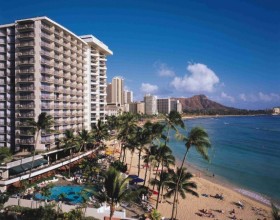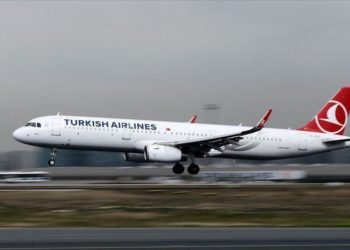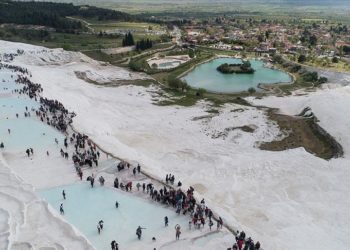 With hotel occupancy in Hawaii increasing, hospitality and tourism management students can consider working in Hawaii after graduation.
With hotel occupancy in Hawaii increasing, hospitality and tourism management students can consider working in Hawaii after graduation.
Hotel occupancy in Hawaii rose slightly in September, the first increase after 18 months of declines, Hospitality Advisors LLC reported Monday.
Statewide, it was up at 64.6 percent from 63 percent in the same month last year, said the hotel, tourism and real estate consulting services company.
The increase corresponded with a 7.2 percent jump in the number of visitors coming to the islands in September.
“Hawaii is known for their tourism industry, which the hotel industry is one of the most important resources. Tourism accounts for a third of the jobs in Hawaii,” said Shelly Ng, a senior in hospitality and tourism management from San Diego, California.
State Tourism Liaison, Marsha Wienert, has attributed the increase in visitor numbers to the American Dental Association’s 150th annual convention in Honolulu, Japan’s Silver Week holiday period and additional marketing efforts.
“It is important to consider that every visitor has a figure factor. The business will increase if Hawaii hotels will carefully sell their limited spaces to the business or elite classes of customers. It is not always the quantity that matters, but the quality,” said Geralyn TyCho, a junior in hospitality and tourism management from the Philippines.
“The losses that Hawaii’s industry has had to absorb over the past 20 months have been unprecedented,” said Joseph Toy, president and CEO of Hospitality Advisors. “While the losses have been steep, we should keep in mind that the global recession has had a tremendous impact not only on Hawaii’s visitor industry, but also well as its primary competitors.”
“For me, as I plan my future career, I might consider finding a job here. Since the tourism industry was hit the hardest this last year with the economy, especially here in Hawaii, I was scared thinking I would not be able to find a job when I graduate. Recently I have seen a change and am very happy to know people are vacationing again and that business is definitely doing better,” said Ng.
“We are beginning to see the rate of loss narrow, which hopefully will lead to the start of a sustainable recovery beginning in summer 2010,” said Toy.















